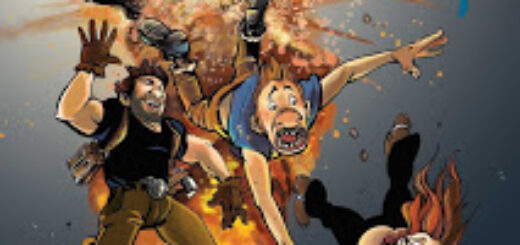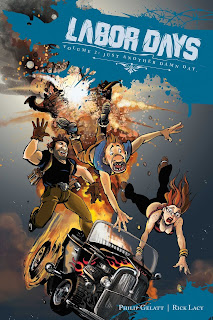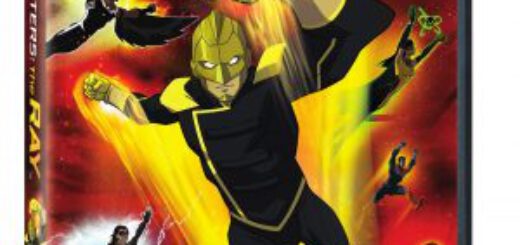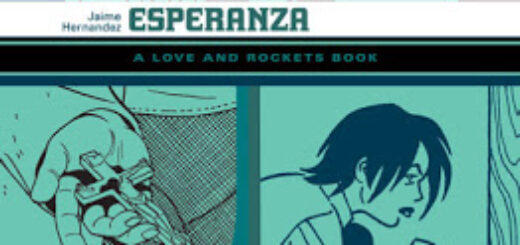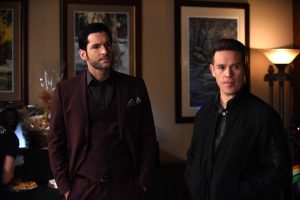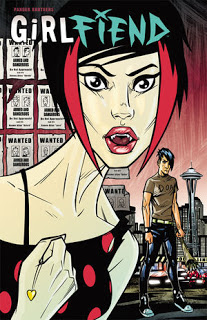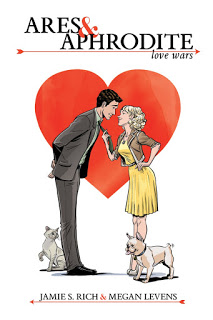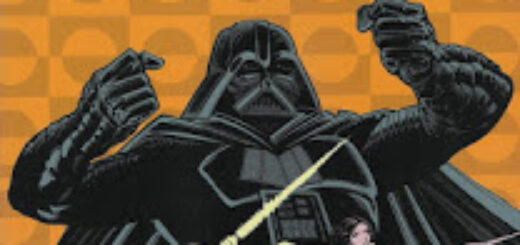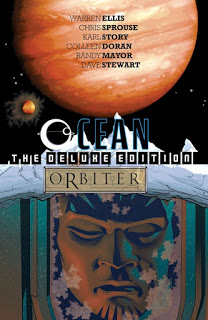Book-A-Day 2018 #240: Labor Days 2: Just Another Damn Day by Phillip Gelatt and Rick Lacy
Once again, I’ve gotten to a book several years too late, and that’s confusing me. I read the first Labor Days book (written by Phillip Gelatt and drawn by Rick Lacy, neither of whom I know from anything else) back in 2009 and reviewed it for ComicMix then. And then I got a spiffy digital copy of the sequel later that same year…
…and it sat quietly on my device for nearly a decade.
Lesson: I am not dependable in reading anything, but I’m particularly prone to forgetting things that I have in purely-electrons form. If it’s not on a shelf where I can see it, I’m afraid it drops out of mind very swiftly.
Anyway, I had a week where I was specifically reading digital things on that device, because I was traveling, and so I finally realized I had Labor Days 2: Just Another Damn Day and actually read it.
And it’s been long enough that I don’t trust my memories of the first book. I don’t think it read like a weird mash-up of a Mark Millar story and a parody of a Mark Millar story, but this one definitely does. (At least to me, this many years later.) The main character is still an Everyman, subcategory Dull Ordinary Bloke, and there’s still a big conspiracy that runs the world or something, but this time it all seems to be more specific and moving forward. (My memory of the first book was that it threw that hero, one Benton “Bags” Bagswell right into the deep end and just had complications run around him for about two hundred pages until the book hit something like an ending.)
So there’s a guy called “the Face of History” — literal, actual guy, also the personification of history — and Bags is having prophetic dreams in which he’s told to find and kill that guy to take his place, driven by some female supernatural entity that I don’t think is ever named here but whose job seems to be lining up losers to kill the Face of History about every sixty years or so.
The Face has massive secret societies devoted to him around the world — well, secretly devoted to him, since most of the devotees don’t actually know that. And there are what seems to be an equally large group of equally crazy, equally secret societies headed by people who know the Face exists and want to depose and/or kill and/or replace and/or subvert him.
So Bags and his hot redheaded bespectacled super-competent girlfriend Victoria have been wandering around, trying to join looney groups in hopes that will get them close to The Face. It hasn’t been working particularly well, but Bags has gotten to drink a lot of beer, so it’s not all lost. But the sequence of events that starts at the beginning of this book sends them through some new organizations, and finally to The Face. Also, Bags’s secret dream-fairy finally realizes how stupid he is and tells him explicitly what she wants him to do.
Again, this all seems like either a rejected Mark Millar story, circa 2007, or someone’s idea of a parody of a Mark Millar story, only it would need to be, y’know, actually parodic at some point. Instead, it’s adventurous in a manner that’s serious about half the time and absolutely unable to be taken seriously the rest of the time.
Look, this clearly isn’t a deathless classic of comics: I knew that going in. But I didn’t expect to be this confused at the end….
![]()
![]()
Reposted from The Antick Musings of G.B.H. Hornswoggler, Gent.

